The Science Behind PIXAR
Step behind the scenes and explore the fascinating science and technology that bring Pixar’s beloved animated films and characters to life. The Science Behind Pixar is an interactive exhibition that highlights the STEM (science, technology, engineering, and math) concepts used by Pixar’s talented artists and computer scientists to create their award-winning films. Featuring more than 50 interactive elements, the exhibition is divided into eight sections, each focusing on a different stage of the filmmaking process. Gain an insider’s perspective on Pixar’s production pipeline through fun, hands-on activities, engaging demonstrations, and firsthand accounts from the studio’s production teams.
Sponsored by



Sorry, we couldn’t find any results.
Try adjusting your search criteria!
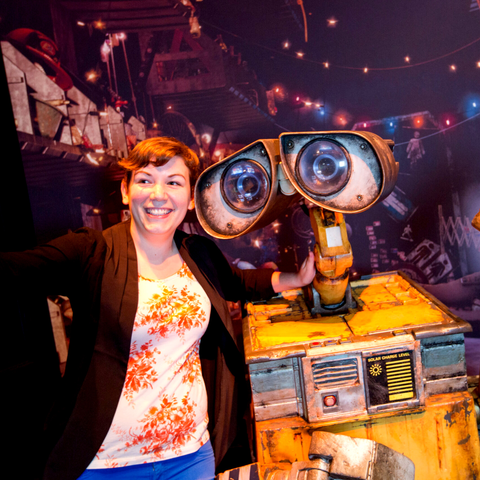
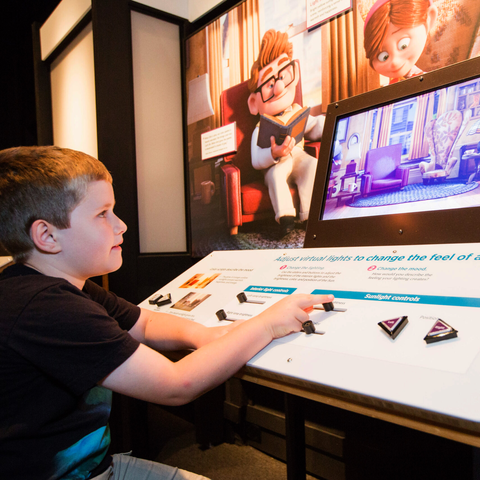
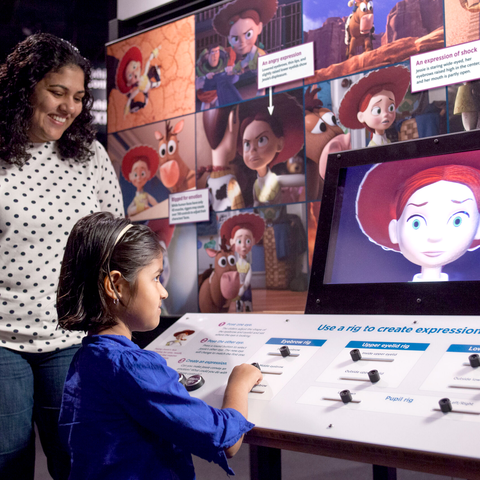
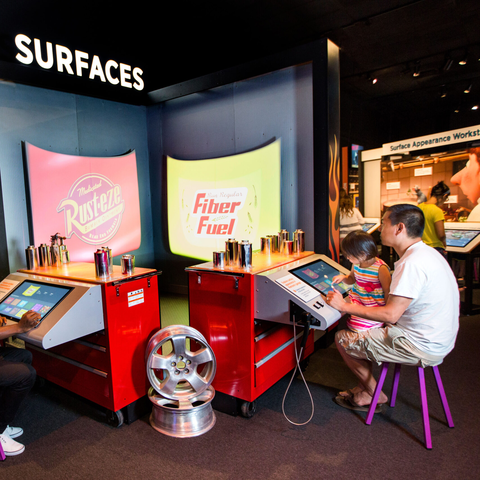
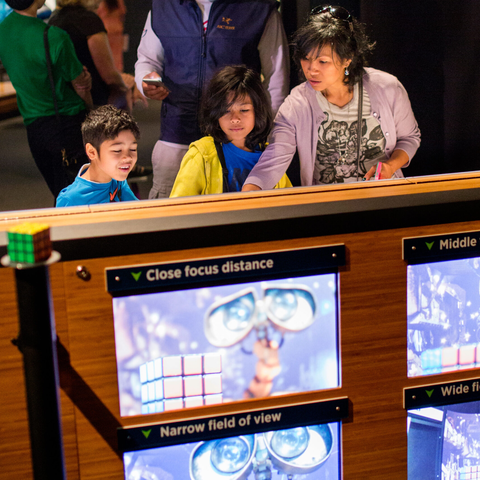
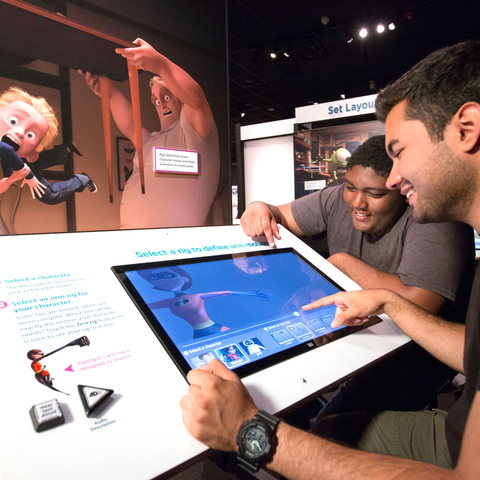
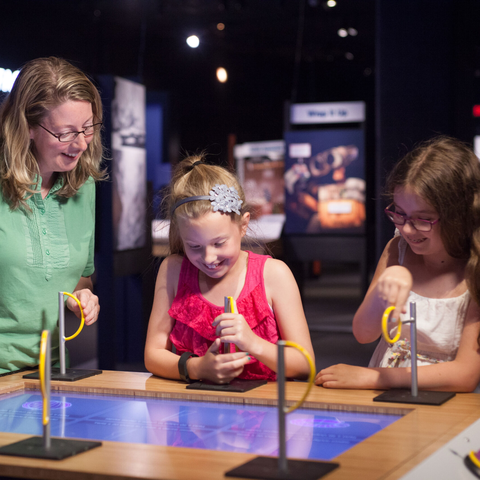
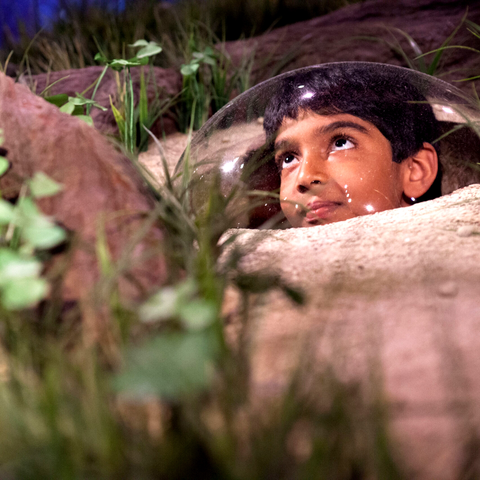
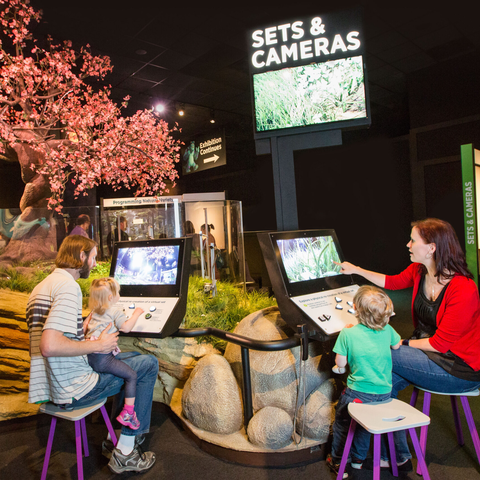
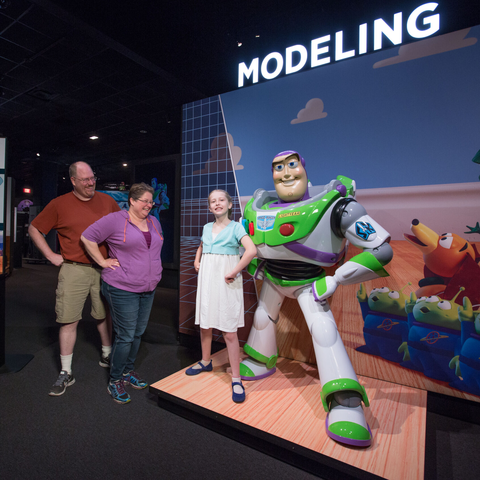
Related Exhibit Galleries
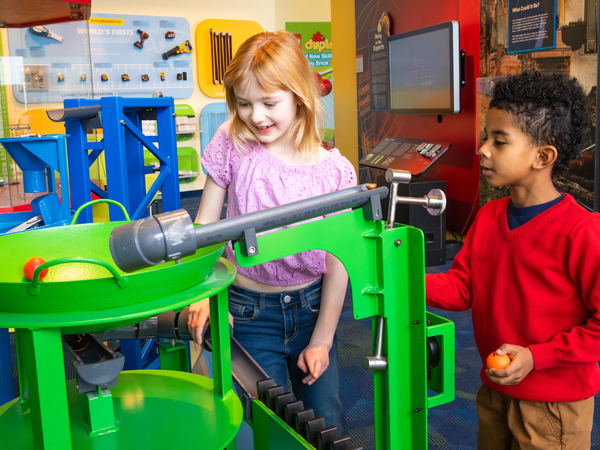
Invention Dimension
Prepare for inspiration to strike! The Invention Dimension is where passion for innovation and ingenuity ignites. This gallery celebrates the creativity of past inventors and nurtures the creative instincts of the next generation.
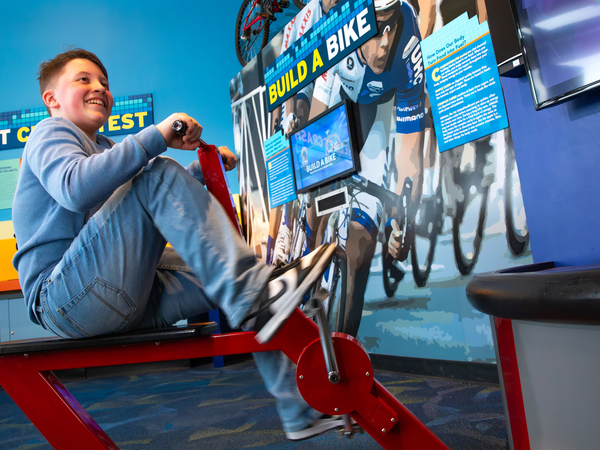
Sports Lab
Game on! The Sports Lab allows you to test your strength and explore the science behind elite athletic performance.
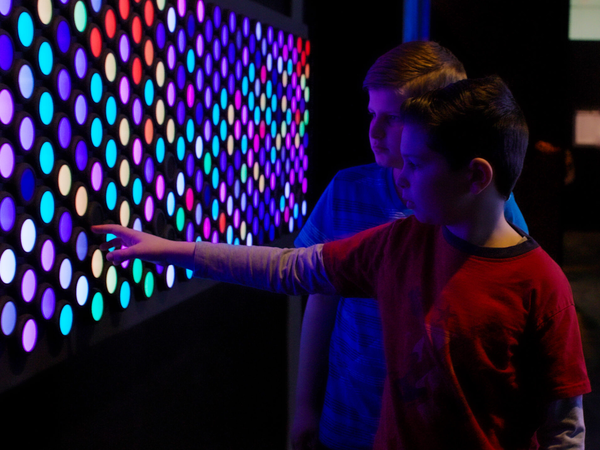
Forest of Illusions
Returning this Fall! Prepare to be amazed by mind-bending optical illusions that blur the line between reality and fantasy. Dive into the interplay of color and light on the interactive light wall and navigate a pitch-black hallway that warps your sense of depth and space.
Sports Weekend
Get ready to move, explore, and play during Sports Weekend at the Connecticut Science Center! Join us for an action-packed event filled with interactive exhibits, hands-on activities, and fun demonstrations that explore the science behind your favorite sports.
MakeFest
Gears will turn and curiosity will take center stage! Join us for MakeFest, a celebration of making, tinkering, and how things are made.
